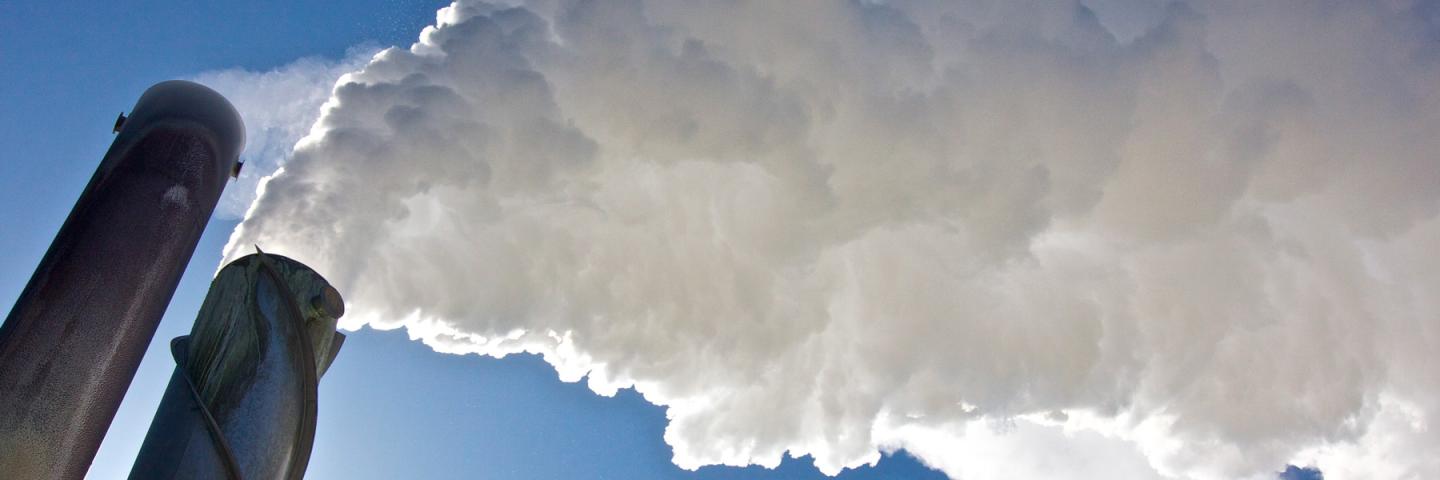Clean air sets our state apart. To lead in this arena and ensure that every person in Minnesota has healthy air to breathe, the MPCA studies, monitors, and regulates air pollutants, primarily in three categories: criteria pollutants, air toxics, and greenhouse gases.
Criteria pollutants
The Clean Air Act requires the U.S. Environmental Protection Agency (EPA) to set national ambient air quality standards for six common air pollutants, called “criteria pollutants:”
- ground-level ozone
- particulate matter
- lead
- nitrogen dioxide
- carbon monoxide
- sulfur dioxide
Volatile organic compounds (VOCs) that do not have standards are also monitored, tracked, and controlled to help reduce ozone concentrations in our air.
All states are required to meet these standards or develop plans to come into compliance. Minnesota is currently meeting these national standards.
Air toxics
Hazardous air pollutants are a group of 188 specific pollutants that cause or may cause cancer or other serious health effects or adverse environmental and ecological effects. They are specified in the Clean Air Act amendments. There are no state or federal ambient air quality standards for individual air toxics, but the Clean Air Act requires the EPA to develop National Emission Standards for Hazardous Pollutants to reduce overall air toxic emissions.
The MPCA collects data on emissions of air toxics from major sources in Minnesota every three years and reports findings in the Minnesota Air Toxics Emissions Inventory. The agency monitors for air toxics at a few sites in the Twin Cities and Duluth and uses emissions and modeling data to estimate the concentrations of air toxics in other areas of the state. According to monitoring and modeling data, three types of air toxics are particularly important in the state.
- Volatile organic compounds (VOCs) are emitted from a variety of sources, including paint, solvents, adhesives, gasoline, cleaning products, and fuel when burned. Formaldehyde is a VOC frequently measured above health benchmark levels in urban areas.
- Metals are emitted from industrial processes and fossil-fuel combustion. Levels of chromium, arsenic, and nickel are sometimes above health benchmarks in areas with significant particle pollution.
- Polycyclic aromatic hydrocarbons (PAHs) are a class of more than 100 chemicals that come from sources such as tobacco smoke, wood smoke, vehicles, and asphalt roads.
Greenhouse gases
These chemicals contribute to warming of the Earth’s atmosphere and climate change. The MPCA reports emissions for six greenhouse gases:
- carbon dioxide
- nitrous oxide
- methane
- sulfur hexafluoride
- hydrofluorocarbons
- perfluorocarbons
New source review pollutants
The regulated new source review pollutants include the criteria pollutants, greenhouse gases, sulfuric acid mist, hydrogen sulfide, and more.
Choose a pollutant below to learn where it comes from and its effects on human health and the environment, and monitoring and regulation information.
